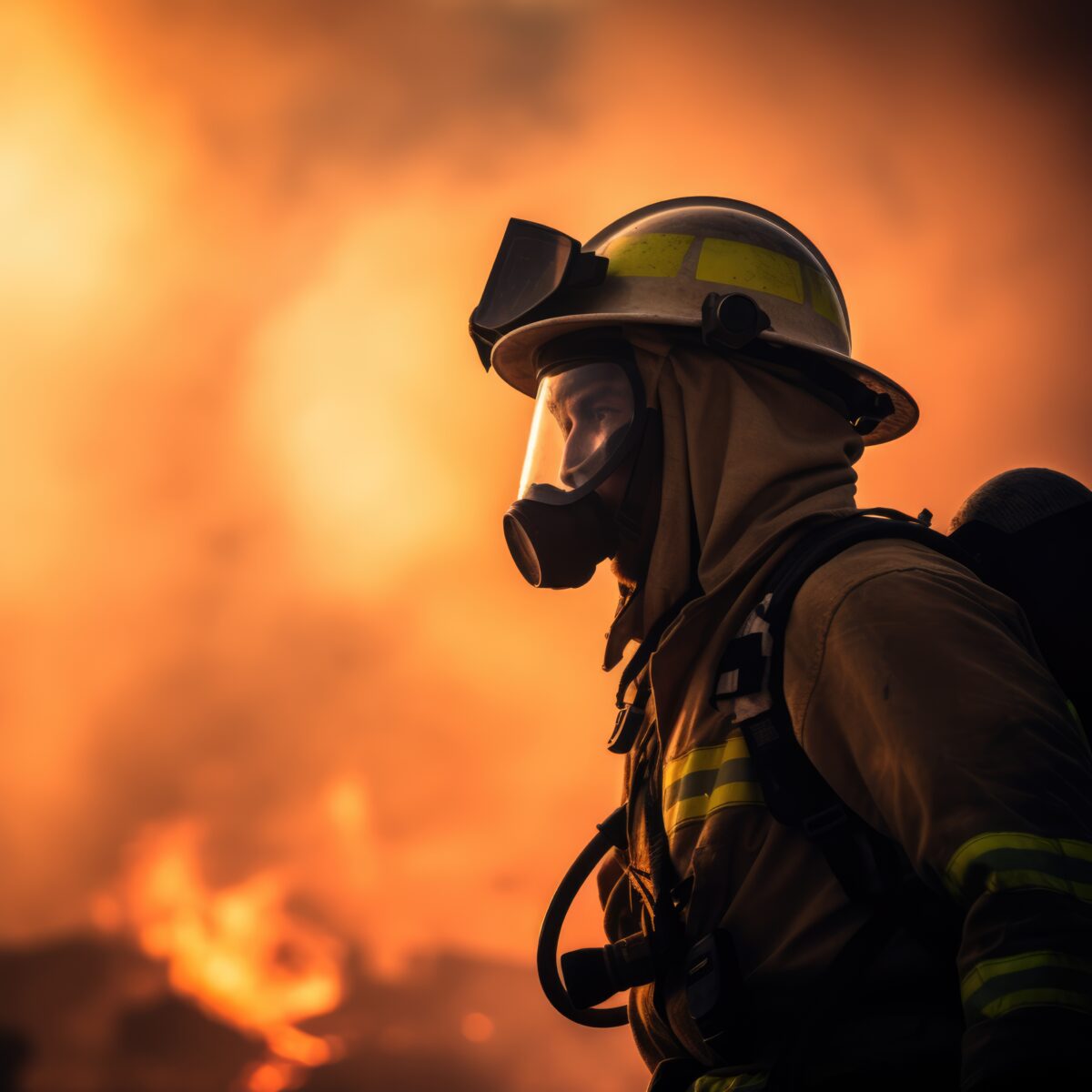In workplaces, ensuring the safety and well-being of employees, visitors, and assets is paramount. Fire prevention is among this’s most important components. Having a strong emergency response plan and putting in place strong fire safety measures can help to avoid catastrophic losses and guarantee quick, well-coordinated action in case of need. We examine here five fundamental principles of emergency response and fire safety that every company ought to follow.
5 PRINCIPLES OF FIRE SAFETY
1. Conduct Regular Fire Risk Assessments
A sound fire prevention plan starts with routine fire risk assessments. Part of these evaluations is checking the workplace for possible fire hazards, such as broken electrical equipment, overloaded power outlets, and things that can catch fire. When risks are identified, they need to be evaluated based on how likely they are to happen and what effects they might have. A fire can be prevented to a great extent by creating plans to lessen these hazards, such as fixing damaged wiring, maintaining equipment, and requiring safe storage of combustible goods.
2. Maintain Electrical Safety
To keep fires from starting, electrical safety is very important. Make sure that qualified professionals regularly check and repair all electrical installations and equipment. If you need to, use power strips with surge protectors to keep your outlets and wires from getting too hot. Also, tell your workers to turn off electrical devices when they’re not using them, especially when the workday is over. These habits help stop electrical fires and burning, which are common causes of fires in the workplace.
3. Proper Storage of Flammable Materials
Proper storage of flammable materials is essential in minimizing fire risks. Keep flammable liquids and materials in containers that are allowed and clearly labeled. Keep these things in their designated storage areas, away from electrical tools and sources of heat. Making sure that storage places have good airflow can keep vapors from building up, which lowers the risk of an explosion.
4. Implement Strict No-Smoking Policies
Another important part of fire safety is having strict rules about smoking. Set aside places to smoke that are far from buildings and things that can catch fire. Make sure that the right containers are available for throwing away cigarette ends and that they are used properly. Strictly following no-smoking rules at work helps lower the fire risks. This is particularly important in environments where flammable materials are present.
5. Install and Maintain Fire Detection and Suppression Systems
Place smoke detectors and fire alarms all over the workplace and test them often, changing the batteries as needed. Make sure the workplace has the right fire extinguishers and that they are regularly checked and kept. For extra fire safety, you might want to put in automatic sprinkler systems. These systems can put out fires quickly, reducing the risk and harm.
CONCLUSION
Being one of the top providers of fire safety equipment, Hac & Sons takes seriously its duty to enlighten and educate the general public about safe fire procedures. Our goal is to provide communities with the information and resources they need to proactively manage and prevent fire hazards, therefore guaranteeing everyone’s safety and security.


